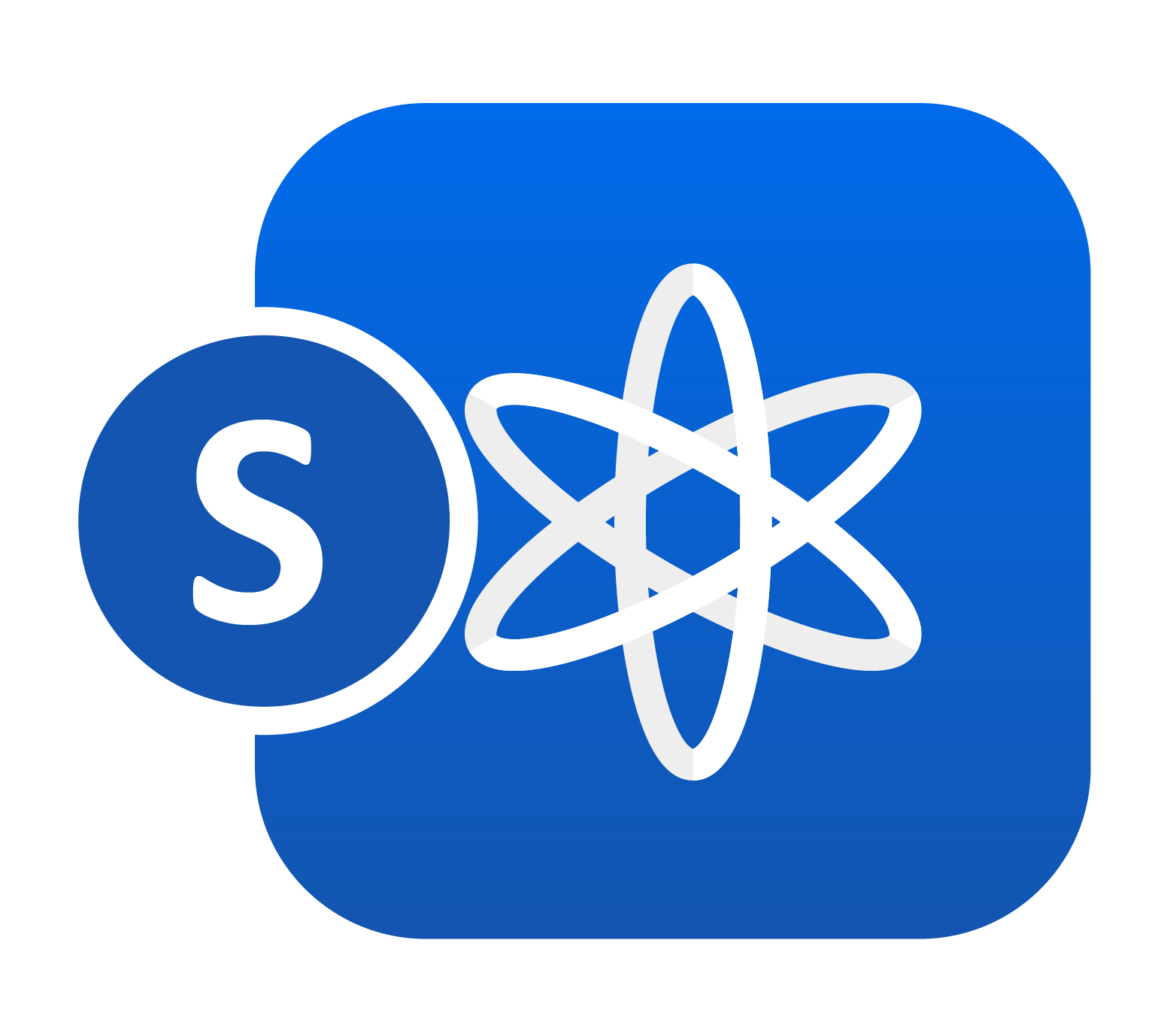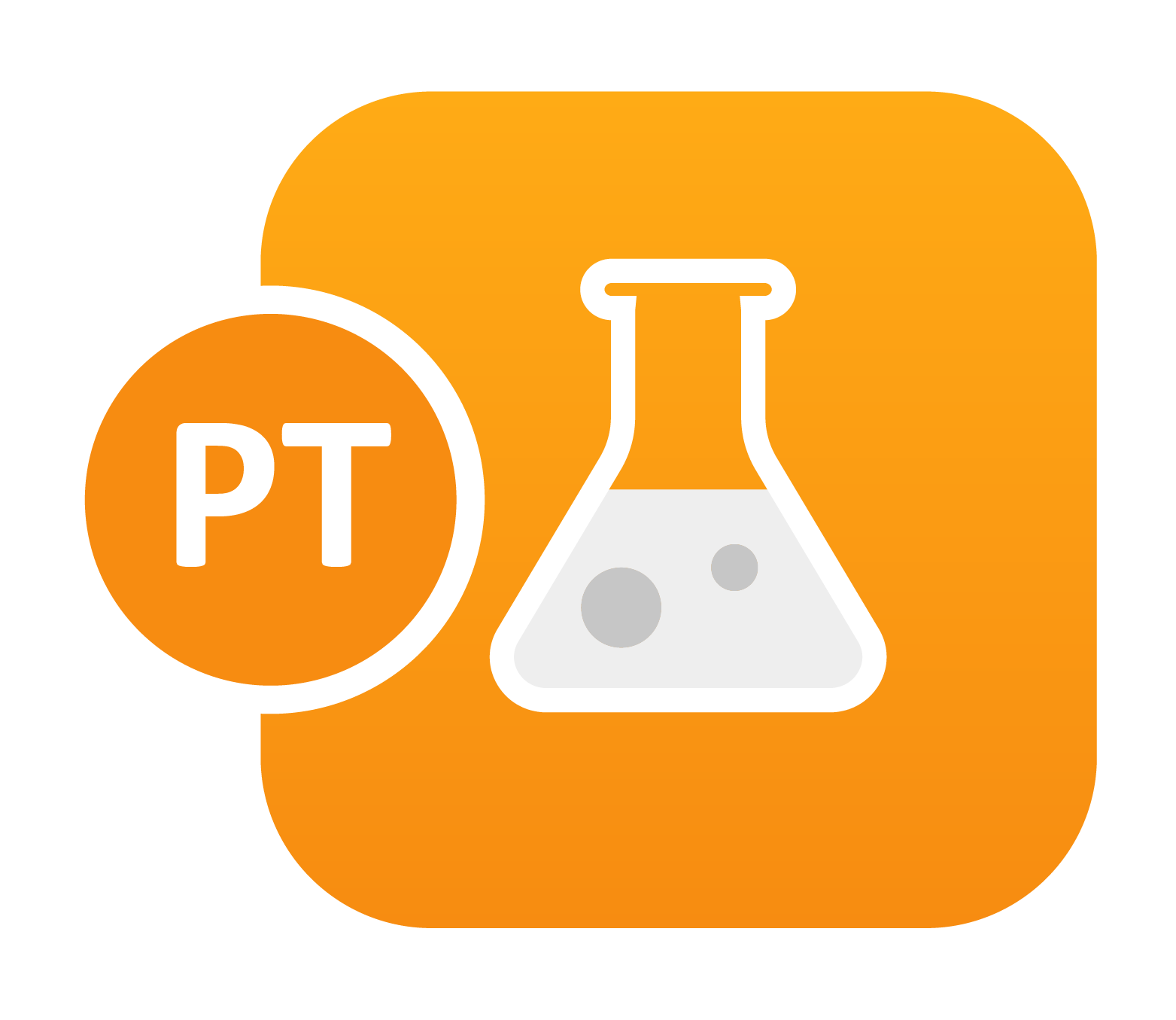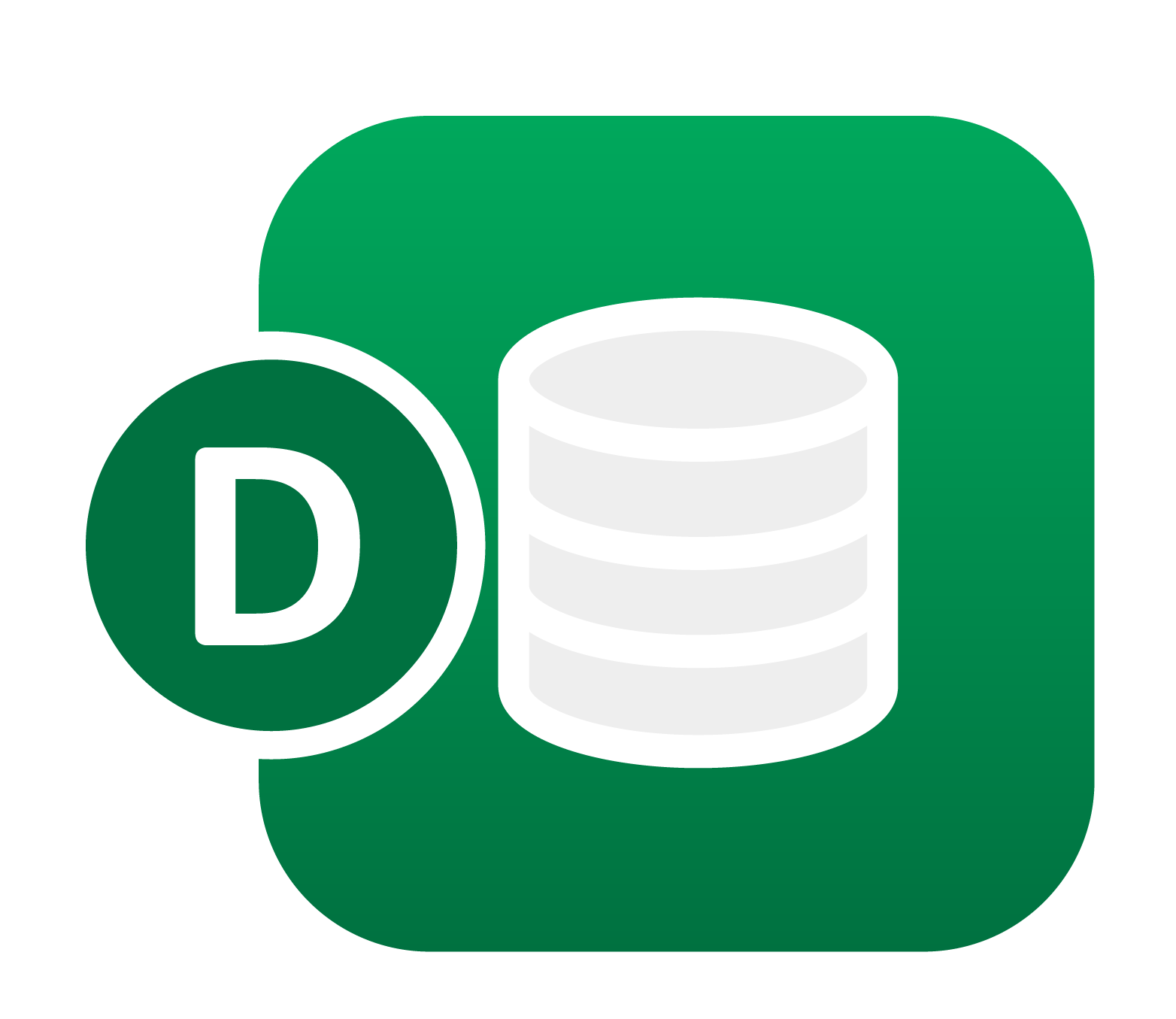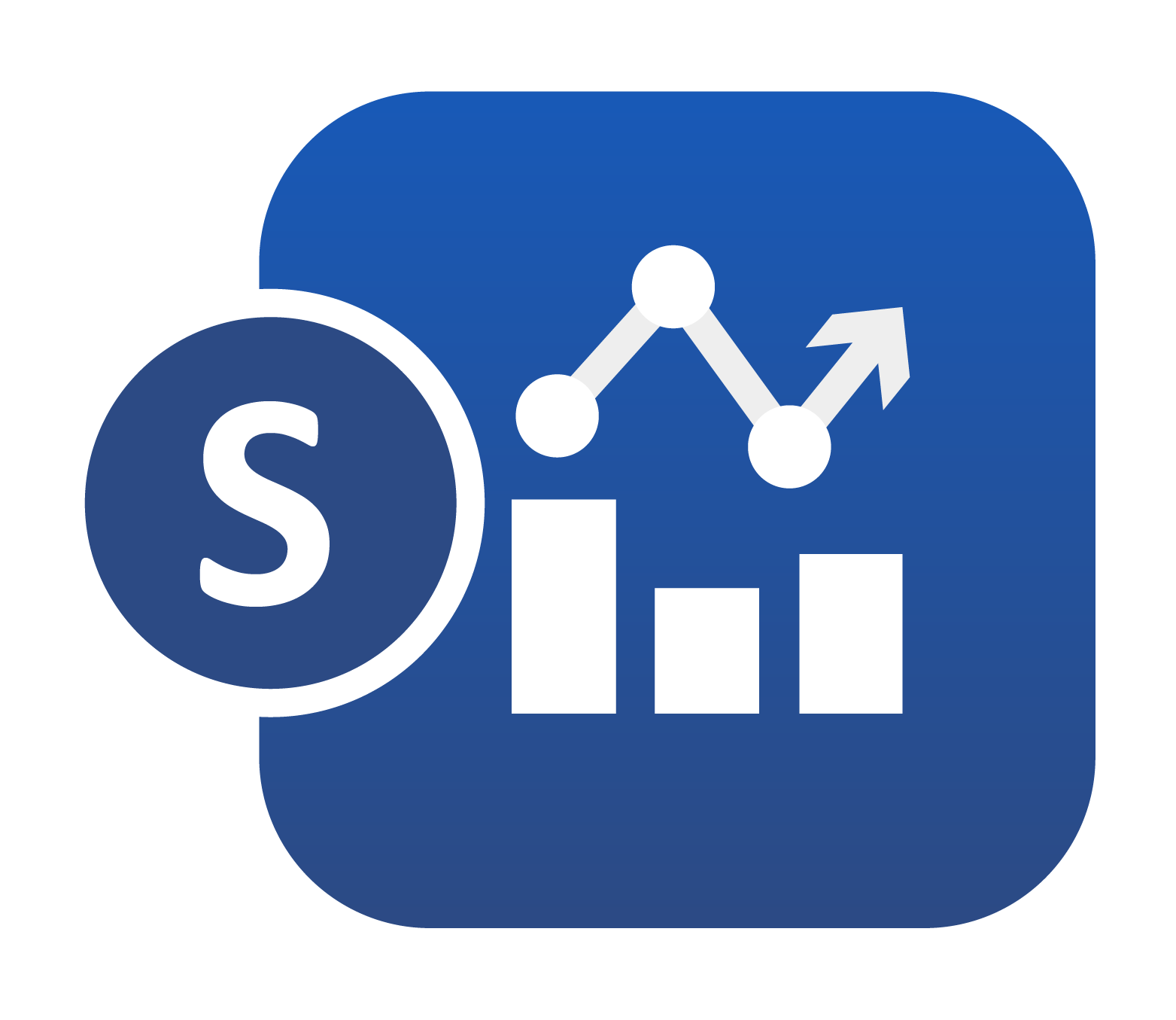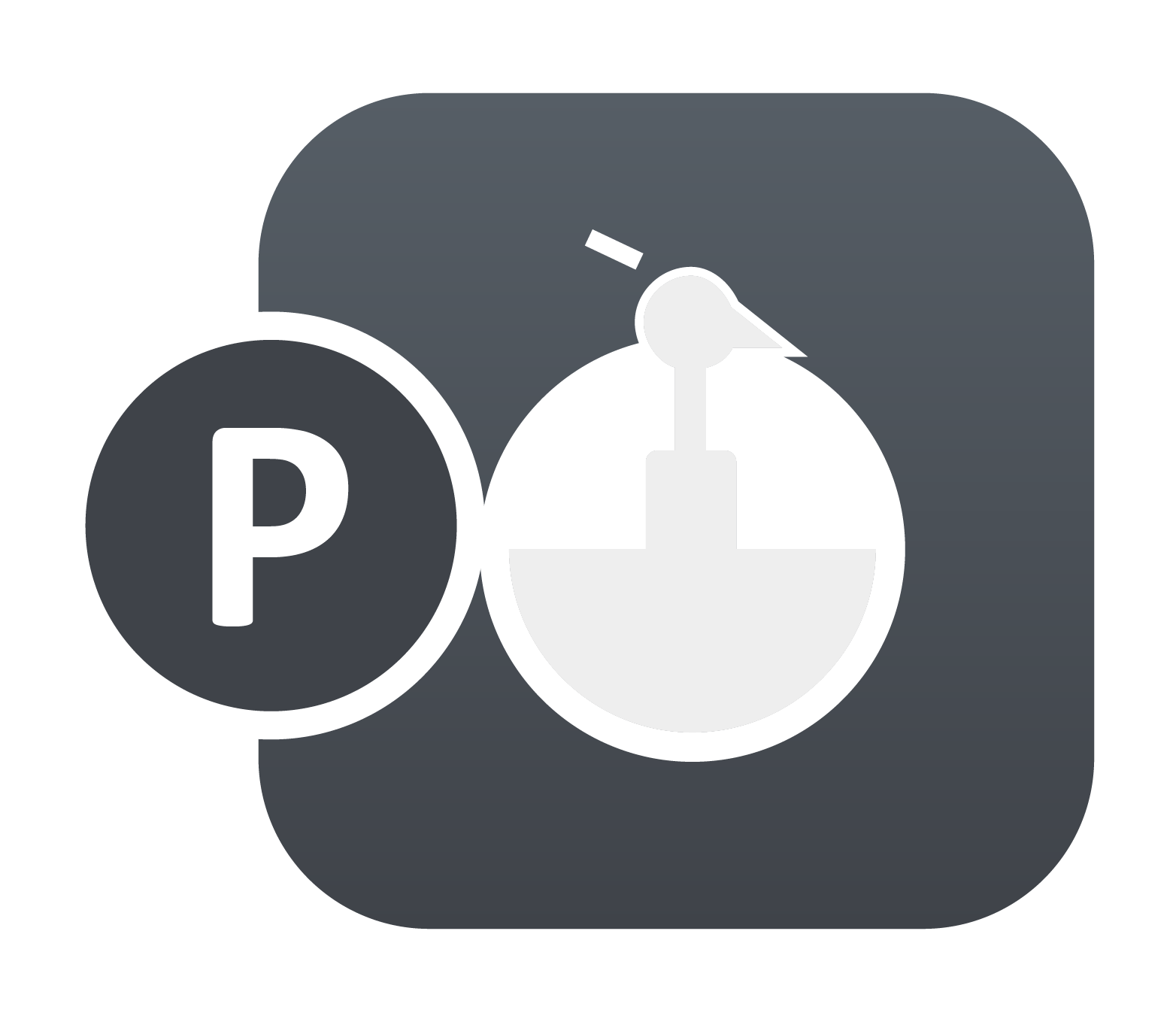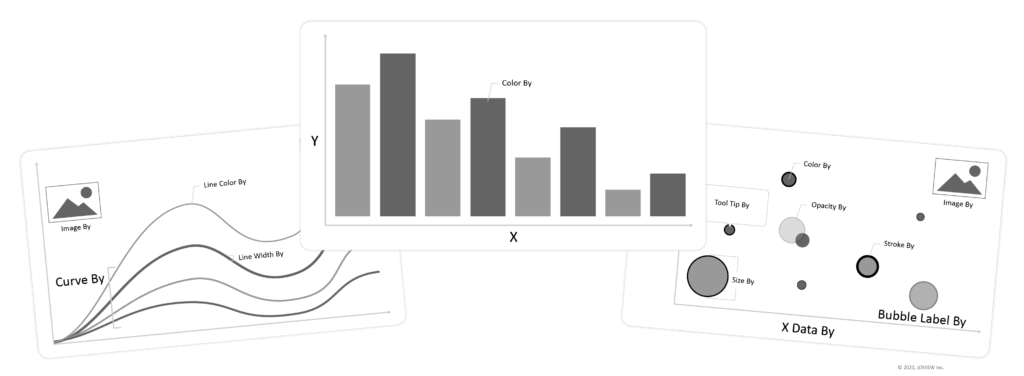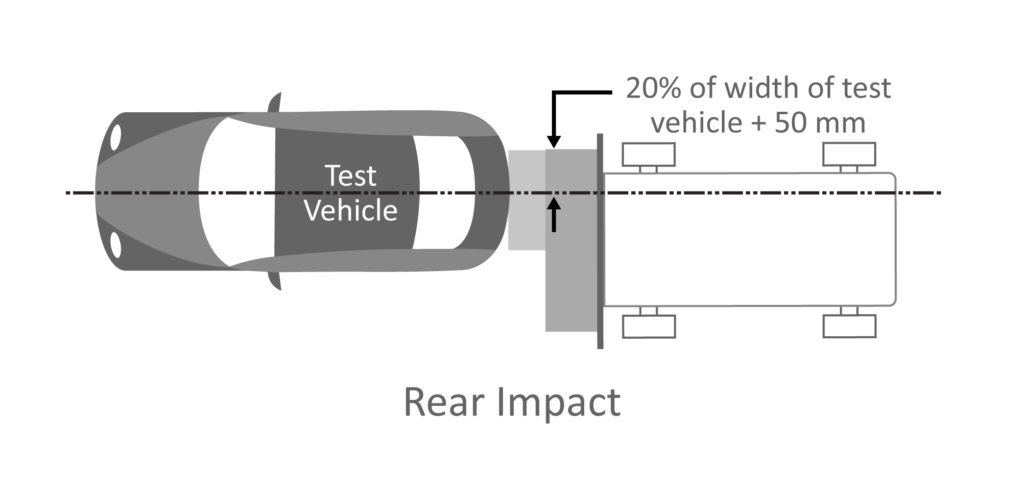Progressive Data Visualization in Simlytiks Using Placeholders
As d3VIEW is focusing on taking its users’ experience to the next level, Simlytiks, which is our visualization application has been spruced up. We have been working on extending functionality to improve usability and understanding of Simlytiks. One important improvement in the works pertains to the visualization placeholders – what the user sees before picking…




